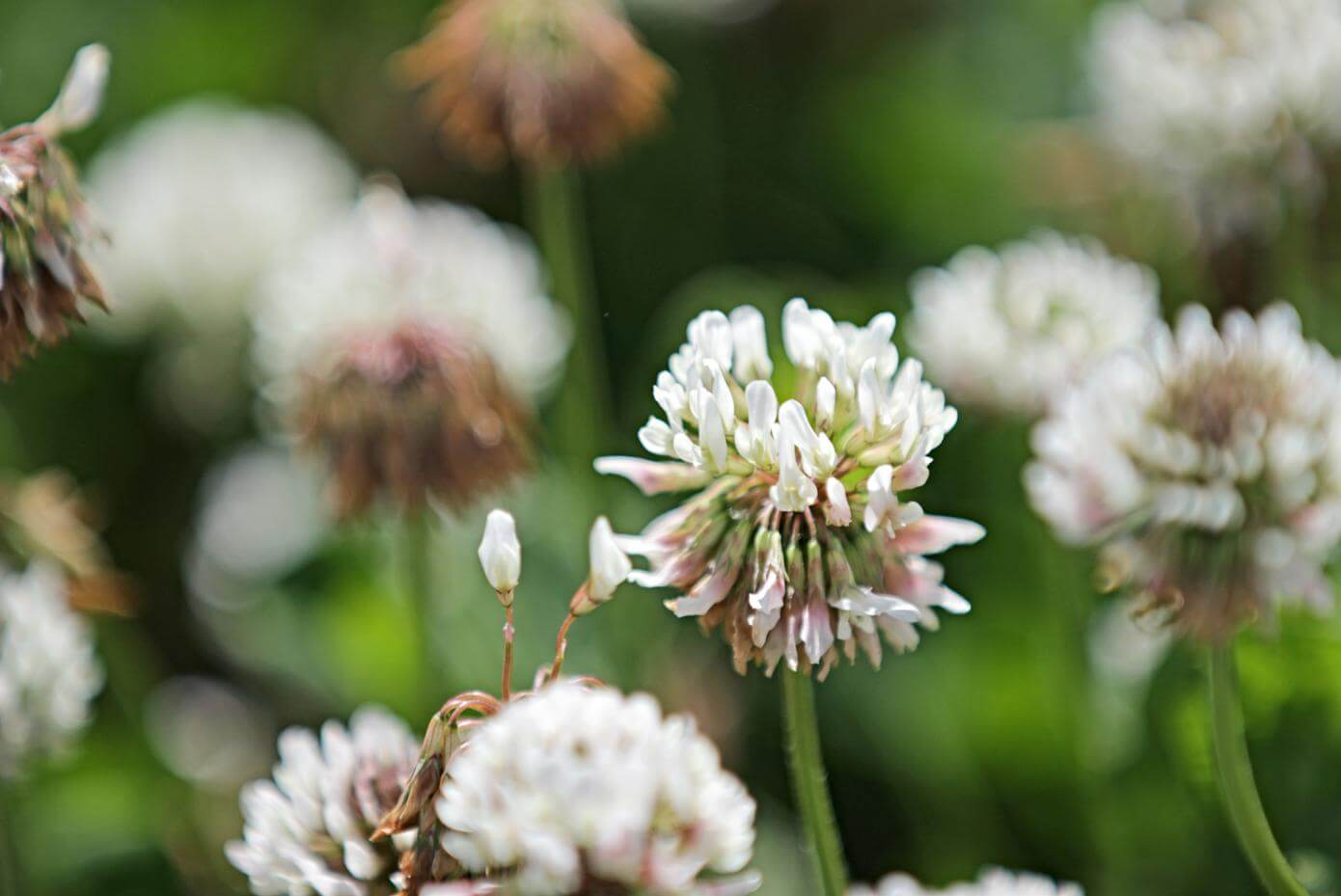New Ryegrass Variety
We kick off 2012 with the introduction of our newest turf-type perennial ryegrass, called Haven. Haven is a newly released variety focused on providing improved disease resistant turfgrass, specifically in the areas of brown patch, grey leaf spot, and red thread. Of note, in recent trials, Haven had the highest score for brown patch resistance out of 105 entries!
Haven has an attractive dark green color that balances well with today’s bluegrasses and tall fescues, making it an ideal candidate for blending as well pure stands. The following performance data demonstrates a few of the reasons to add Haven to your lineup for 2012.
Learn more by reading the attached tech sheet and at our SmithSeed.com website
Brown Patch Resistance
Berry, KY
|2008-2009
| Variety | 2-Yr Ave |
|---|---|
| Highest Score | 7.90 |
| Haven | 7.90 |
| Applaud II | 7.23 |
| Palmer V | 7.23 |
| Integra II | 7.03 |
| Prelude IV | 6.43 |
| Penguin 2 | 5.80 |
| Lowest Score | 5.33 |
| Lsd | 0.97 |
Gray Leaf Spot Resistance
Multiple Locations
|2007
| Variety | 3-Site Ave* |
|---|---|
| Highest Score | 7.72 |
| Haven | 6.72 |
| Palmer V | 6.34 |
| Applaud II | 6.11 |
| Integra II | 5.44 |
| Prelude IV | 4.22 |
| Penguin 2 | 3.44 |
| Lowest Score | 1.94 |
Crops Look Good
”So far, so good,” sums up how 2012 grass seed crops look in the Willamette Valley. Fall moisture, a key factor in seed yield, appears to be sufficient. And, other than dealing with some slugs and field mice, farmers have had pretty smooth sailing thus far.
There were nominal acreage changes this fall for the fine fescue, orchardgrass, and clover crops. Turf-type tall fescue, KY-31, turf-type perennial ryegrass, and annual ryegrass crop acres are all slightly up from 2011 levels. The annual ryegrass acre increases are mostly proprietary varieties for European companies. Turnips and radish acres are up. Wheat acres are down.
Markets Feel Healthy
Both domestic and export markets were healthy last fall. On the export side, shipping activity continues at a steady pace. While much of the shipping activity is based on existing sales, the expectation is that the export business will continue to remain steady in 2012.
Domestically, there seems to be a pretty upbeat attitude toward spring. Carryover at the distributor levels does not appear burdensome, and with steady to higher prices projected for spring, such inventory and bookings are favorable. Interest in off-quality seed and field-run mixes is active, but with little success, as such material is nearly nonexistent this year.
Historically, it has not been uncommon to have numerous forward bookings for the next year’s crop. But a few years ago, that trend came to a quick halt. Over the past twelve months or so , we have seen a comeback of forward booking. We may see more this spring, as it appears there will not be much surplus of most Oregon Seed crops.
Great Reasons for Growing Clover
Reason #8 - Environmentally Acceptability
“Because of their symbiotic relationship with Rhizobium bacteria, clovers and other legumes provide homegrown slow release nitrogen, which is more environmentally friendly than commercial nitrogen. They furnish pollen and nectar for honeybees and tend to increase populations of beneficial predatory insects. Covers also provide food for wildlife including deer, rabbits and game birds.”
From “Ten Great Reasons for Growing Clover” www.aces.edu/dept/forages/clover.html
